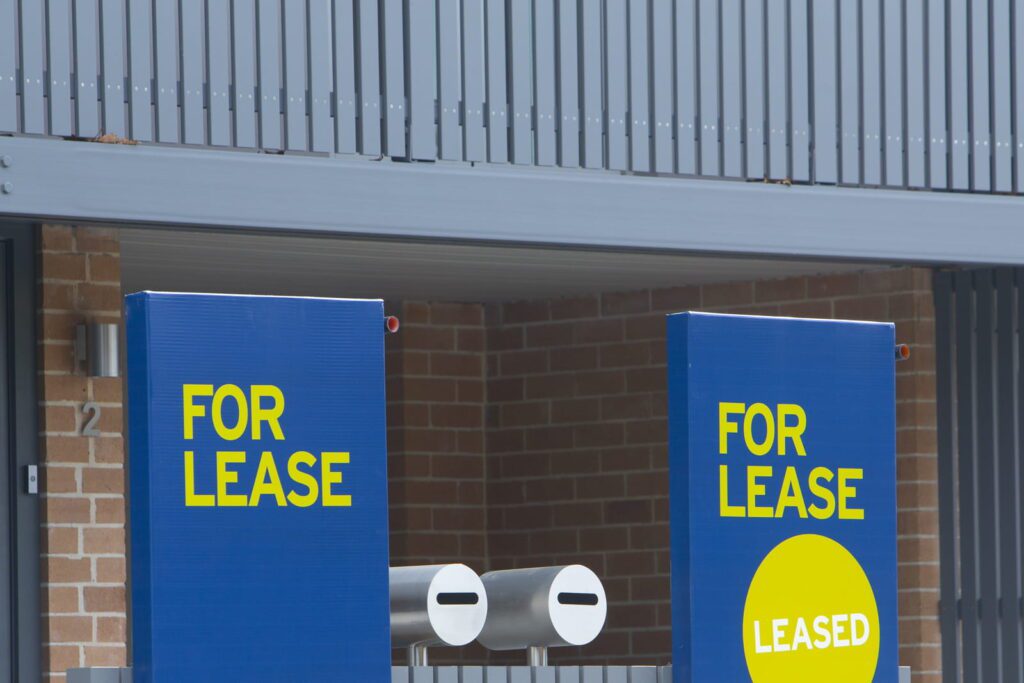The Single Policy Error Worsening Australia’s Housing Crisis

A Migration Boom – But Where Are the Homes?
Ah, Australia! A sun-kissed land of opportunity, where the kangaroos hop, and dreams take flight. In the last year alone, we’ve welcomed a staggering 446,000 newcomers, which is like adding the entire population of Canberra! Fantastic, right? Well, grab your popcorn because the plot thickens.
You see, while our doors swing wide, our housing supply seems to be playing hide-and-seek. Approvals to build new homes reached a dismal low, harking back to the early 2010s. Imagine throwing a massive backyard barbecue but forgetting to fire up the grill or, worse, not having enough chairs for everyone. That’s the current Australian housing scene. We’re expanding our population with open arms, yet our homes aren’t keeping pace. Now, that’s a recipe for soaring rents and a first-home-buyers’ heartbreak.
Two Policies, Two Different Universes
Our federal government may be lighting the fireworks for migration, but state governments are knotting up the strings when it comes to housing. It’s like sending out invites for a party while forgetting to book a hall. The feds are eager for economic growth and filling those pesky job vacancies, but local councils often inhibit building, caught between politics and, let’s call it, “not-in-my-backyard” attitudes.
As these systems barely hold a conversation, we’re left with a disconnect. Migrating to our lovely nation without a coordinated housing strategy is about as sensible as trying to navigate the Outback without a map. And the fallout? Renters squeezed to near-breaking point and first-home-buyers left gazing longingly at their dreams of ownership.
Scapegoating Newcomers: A Distracting Narrative
When the housing crisis intensifies, it’s easy—maybe too easy—to point fingers at the newcomers. However, it’s crucial to remember that migrants often settle in shared, high-density areas, contributing positively to our economy. The real culprits here are poor policies and a lack of foresight.
Many of our policymakers have staggered into this mess— underestimating demand and dragging their feet on approvals. Instead of making bold moves, we see stop-gap measures like rent freezes or ill-thought-out zoning laws.
But It’s More Than Just Words
To add more spice to this affair, construction costs are skyrocketing. Supplies are soaring, and builders are bogged down by ballooning expenses. The dream of a new home can become a distant fantasy when construction timelines stretch from six months to over a year. Many builders are simply throwing in the towel when the numbers don’t stack up, leaving a gaping hole where new homes should be.
What Needs to Happen
Imagine if we treated housing and migration as partners in a beautiful dance. Here’s what that could look like:
- National housing targets linked to migration levels: If we invite thousands, we must ensure there are homes for them.
- Infrastructure planning: Building homes must go hand-in-hand with schools, roads, and parks—after all, where’s the fun in living in a ghost town?
- Fast-tracked approvals: State governments need to clear the plate and make way for new developments. Less red tape, more rooms to roam!
- Encouraging the right homes: Not just any home will do! We need family-friendly spaces in lively neighbourhoods.
- A Federal-State Housing Accord: This could ensure responsibilities are shared and met. No more pointing fingers, just results.
The Consequences of Doing Nothing
Failing to sync migration and housing policies could lead to a permanent class of renters and unhappy Australians. Think of shabby sidewalks and jampacked public transport—surely we can do better.
The Bottom Line
Australia’s housing crisis needs a solid solution. By aligning our housing and migration policies, we can ensure that both newcomers and long-time residents flourish. Remember, when we grow our population, we must grow the homes to match—because, let’s be honest, everyone deserves a place to call home.
This article has been re-shared by the Oz Visa Forum Newsbot for the convenience of our members – Click Here for more on the original story







Responses